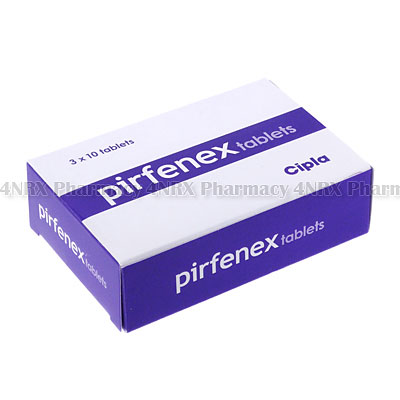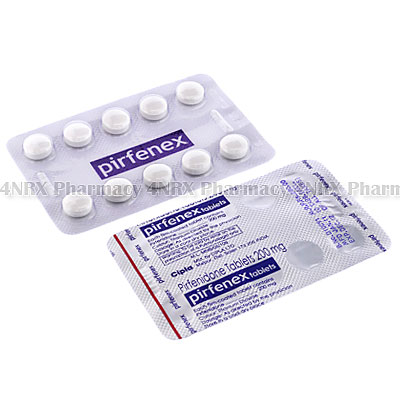 |
Home  General Health General Health  Pirfenex (Pirfenidone) Pirfenex (Pirfenidone) |
|
|||||||||
|
Pirfenex (Pirfenidone)
What is Pirfenex (Pirfenidone) used for? Pirfenex (Pirfenidone) is used as a treatment for idiopathic pulmonary fibrosis (IPF), a chronic condition affecting the lungs which causes hard fibrous tissue to form in the lungs. Symptoms of this condition include breathlessness, persistent coughing, reduced tolerance to exercise and frequent lung infections. This drug can help to decrease the production of the substances which cause hard fibrous tissue to form and this can help to slow the progression of the disease. How should I use Pirfenex (Pirfenidone)? Pirfenex (Pirfenidone) should be used under the supervision of a physician who is experienced in the treatment of IPF. Patients are required to have a test conducted on their liver function prior to commencing treatment, and at regular intervals during treatment. Your physician may direct you to take this drug 3 times per day, at mealtimes, and your dosage may be gradually increased. Discuss the proper and correct dosage requirements with your physician, and always follow the instructions provided to you. What are the side effects of Pirfenex (Pirfenidone)? Some patients using Pirfenex (Pirfenidone) to treat IPF have reported experiencing side effects, such as:
Before you begin using this drug, you are advised to discuss in full the risks of side effects with your physician. Seek immediate medical attention if you suffer from any serious side effects. Please Note This drug should not be taken by patients who are already taking fluvoxamine. Strictly follow all instructions provided to you by your physician or pharmacist while using Pirfenex (Pirfenidone). Optimum and safe dosage can differ based on the patient and the condition being treated. As this medication may be unsafe for certain patients, it is essential you always inform your physician if you are pregnant or breastfeeding, as well as if you have any allergies, other illnesses, or ongoing health conditions, and if you are taking any other form of medication, supplements, or herbal products. Immediately seek emergency medical care if you have any allergic or hypersensitive reaction. Common signs of a reaction include hives, swelling, skin rashes, chest pains, as well as trouble breathing or swallowing. 

|
|||||||||||||||||